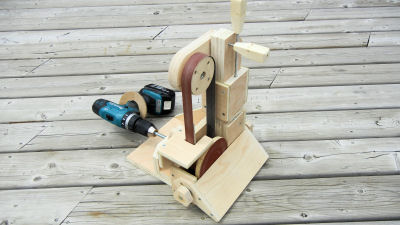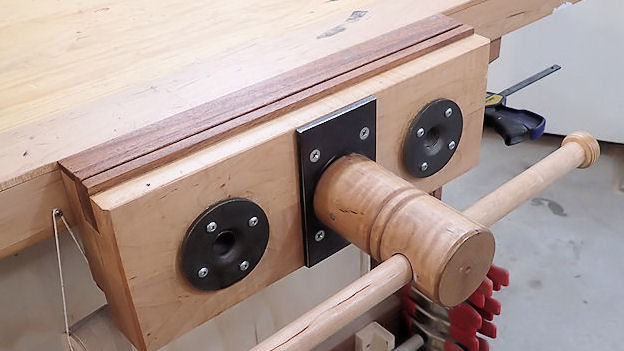How To Make A Quadratic Diffuser Home Improvement
The quadratic residue diffusor or Schroeder diffusor (Schroeder was the scientist who pioneered the development) is typically a box made with a number of wells of different, carefully chosen depths. As a sound wave strikes the irregular surface, instead of bouncing off it like a mirror, it bounces out of each well at a slightly different time. The result is many small reflections spread out in both time and space making is a richer, livelier sound with an enhanced sense of space. Listeners claim that the panels seem to make the walls disappear.
Essentially, they scatter sound in a very predictable way. And while scattering sound might not seem like a good thing when it’s sound you are trying to listen to in the first place, it’s mainly damaging reflections that it scatters.
The construction of these is fairly easy – just make a box with a number of dividers evenly spaced that form the wells, and then put the bottoms in each well at the correct depth:

However, this does consume a lot of material, especially if the panel has many wells that are deep. And me being as frugal as I am, I had to come up with a more efficient way to make them:

Since the front of the panel does all the work, there’s no need to have the extra bulk behind. This does make them a little bit trickier to assemble and I had to make an assembly sequence drawing to be able to drive all of the brads that hold it together:

It’s the second one and the width of the strips that form the wells are marked below each one. Other than the double width one near the middle, all of the well bottoms are the same width.
Here’s the design I used:

And this calculator can be found here. The projected effective bandwidth is from 524Hz to 2753Hz. That means it will be most effective at scattering reflections that are in that frequency range.
I was able to make mine fairly deep, since the deepest wells could go into the stud space of the open wall. The deeper the wells, the lower the frequency it’ll work down to.

Finished and ready to install:

I made these from 1/2″ plywood and actually finished the plywood with water based polyurethane before cutting it into strips. I used two full sheets with next to no waste to build two of these. So they were very economical.
You can also use solid wood – hardwood or softwood – if you are looking for a more refined appearance. I left mine with the plywood edges exposed as part of the overall look I’m going for in the room.
Here’s the build video:
And what they look like installed:


This is part of a whole room acoustic treatment I’m doing in my basement. I made the panels with all the holes that surround these in this video:
And talked about what I’m doing in the room in this video:















